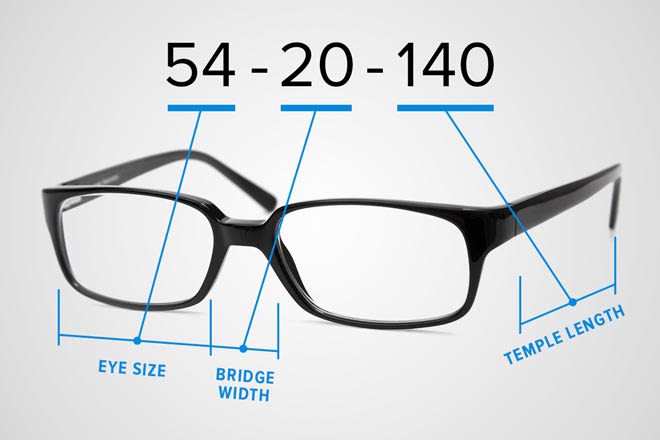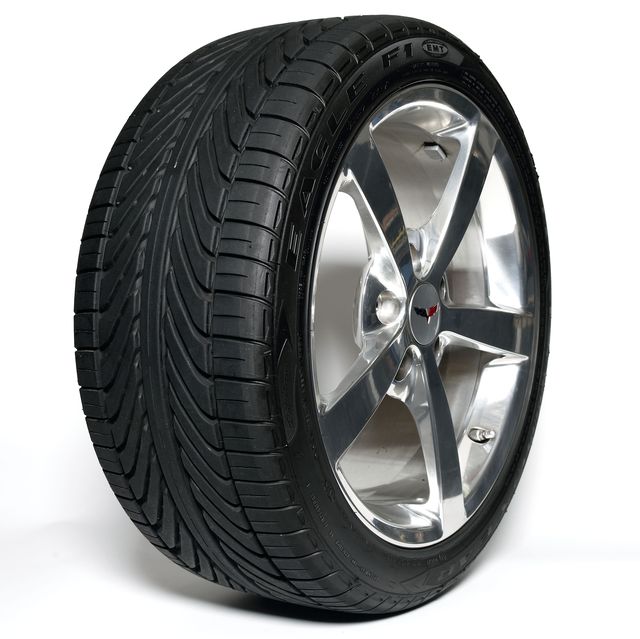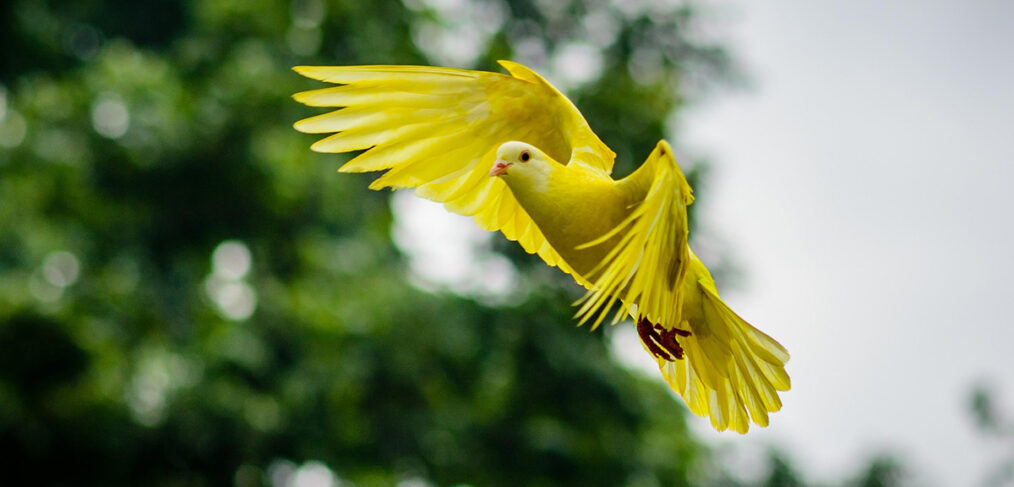Statement of Intent
Concept Statement:
The gift I made for my mentor was a record player spice rack. I combined her love for music and cooking into a cohesive and functional product. I wanted this record player to evoke many of the senses including touch, sound, and taste. Using a dowel rod and cut rings, I constructed a mechanism to make the disc spin. I used laser etching techniques to help enhance the style and look of the record player. To make it more realistic, I etched the QR code of the Ratatouille soundtrack (which is one of my mentor’s favorite Disney movies). This was the sound component I wanted to achieve with the record player. The vinyl holds five containers that can be used to store the different spices.
Using the laser-cutting machine, I made the box and the vinyl. The main materials I used to make this container were MDF, acrylic, and ribbon. The elements/ principles that were activated are movement, space, and shapes. The quote I used was, “Good food is like music you can taste, color you can smell. There is excellence all around you. You need only to be aware to stop and savor it.” – Gusteau, Ratatouille. I used this quote because it reflected the senses I was trying to achieve with this product.
Iteration
Exercise #1
For our first exercise, our challenge was to make a container/ packaging for any found object of our choice. The object I chose was a tape measure.

First I rolled a piece of paper into a thick rod and cut a small slit in the middle. This is where the tip of the tape measure will be inserted and the tape measure will be wrapped around the rod. Then I made a small open top box with and drew a picture of the head of a small anteater. I cut the bottom the box so that the tape measure can be pulled out. The goal was to have the tape measure be the “tongue” of the anteater and you can pull the tongue down. The back would have a trivia question- “how long is an anteaters tongue?” – then you would pull the tape measure and it would stop at the length of which the length of an anteaters tongue would be.
Meeting With My Mentor:
I met up with my mentor Hattie. It was nice that we got the chance to meet in person so we could get to know one another. I wanted to know about her hobbies, interest, and her personality. She told me how she loved to cook, she plays multiple instruments, she makes music, and she loves her dogs. Meeting up with my mentor was really fun and she gave me lots of advice about the industrial design program which was the field that I was interested in. This also gave me many ideas about what gift I could potentially make for my mentor.
Brainstorming:
First I made a list of all the things my mentor likes
- music/ going to concerts
- sports: soccer/ track
- plays percussion in band
- plays piano
- makes music
- cooking/ baking
- Loves her dog
- was in theatre in high school
First I sketched a few ideas on potential gifts I could make for my mentor.


- Idea #1 Pepper shaker recipe display: A wooded pepper shaker that has a spinnable rod in the middle that can hold printed recipes. I though of this idea because my mentor mentioned having cooking competitions with her family so I thought it would be nice for her to be able to keep all her favorite recipes in one place.
- Idea #2 Record Player Spice Rack: this ideas combines both her love music and cooking.
- Idea #3 Her dog playing Spice Rack Drum Set: This idea combines her love for music, cooking, and her dog. I thought it would be a very funny and memorable gift.
- Idea #4 Piano/ Drums Spice Rack: the drums hold the spice rack and when you hit the piano keys, the tops of the drums would pop up, opening the lid of the container.
Testing Idea #2
I liked my second idea the best because it was the most developed and aesthetic, so I began to test it and prototype it out of cardstock/ Bristol.

First I made a container by making a net. Then I made a spice rack using with a small hole in the middle. I put the straw through the small hole in the spice rack then glued it to the base of the box. This way it would be able to spin around the straw.
Testing Idea #4
I decided to try my fourth idea but it was really hard to figure out the mechanism to have the piano keys open the spice rack containers. My instructor Deb showed how the mechanism would work.

The elastic is attached to one side of the straw while the other side loops through the bottom and attaches to the lid of the container. The straw structure is attached to the container itself. So when the piano key is pressed down the whole straw structure comes down and the elastic also gets pulled down opening the lid.
I really liked this idea but due to the time constraints there wasn’t enough to time get everything printed/ tested on time so I decided to go with my other idea.
I started to put everything into Adobe Illustrator.
To make the box I went to the Box Generator to make me a box. This box form was a lot more stable because it had teeth to hold everything together.

Inspiration Photos:

Crosley Cruiser Plus Vinyl Record Player
ByronStatics Vinyl Record Player
Illustrator Files:

First I tried to lay everything out and started designing the top of the box. I tested many fonts for the “The Sounds Of Spices”. I ended up going with Harlow Solid Italic. It matched the aesthetic I was going for which was a 80’s dinner logo. I wanted to laser cut everything on MDF.
I went to the store to buy the spice containers, and measured them. The bottom part of the container was about 3 inches and the cap was about 0.5 inches. For the box I made the bottom 3.5 inches in height and the top box 1 inch tall. I took a piece of string to measure the part between the lid and glass and made that as the holes of my vinyl. I wanted the lids to stick up above the vinyl so I made sure that the circumference was big enough to fit the bottom portion but small enough that it would stop at the lid. I made the width of 0.74 inches.


Record Player
After measuring, I took the dimensions and put them into the box generator. I made 2 open boxes: one for the bottom and one for the top. Then I started working on the vinyl. I made a circle with a 0.74 inch width and height. I duplicated that into 5 using the pattern/ radial function on Illustrator. Then I made a larger circle surrounding all the small circles. I have 3 cut lines: the inner 5 circles, the outer rim, and the tiny circle in the middle for the dowel rod. The material that I am using for the vinyl is black acrylic. I plan to etch the rings to the acrylic. Lastly I made a Moveable Tonearm and Headshell of the Record Player and placed it on the side.

I began to design the tonearm and headshell. I wanted some the details to be etched so I placed the cut and etch details on different layers. Since the tonearm is on the side, I had to make a floating piece attached the the side of the box so the tonearm is able to sit there. I used the slip from methods to make this attachment. I have holes on the bottom, side of the box and a a tab with small projections that wall fit perfectly into the holes.

I wanted to put a quote at the bottom of the box so I came up with one that fit the concept of the product: “A balance of flavors that sing together in a harmonious tune. The perfect dish with the perfect pitch.”. I really liked the record player dish with the fork and knife for the logo. I went to illustrate and made a fork, spoon and record player. I wanted everything be 3D so that the words/ vinyl dish pops out. To do this I rastered everything first then cut it out. This way the raster makes all the letters/ logo look darker and it creates a contrast.

Vinyl with Fork and Spoon
Then I made the rings that would make the spinning mechanism of the spice rack.

I wanted to add a musical component to the record player so I made a QR code that scans to the Ratatouille Movie soundtrack, (my mentor really likes this movie and it fits the theme of the product) I wanted the QR code to be located on the top inside of the record player box. I rastered the QR code and found a Ratatouille quote to put at the bottom of the QR code.
The Quote: “Good food is like music you can taste. color you can smell. There is excellence all around you. You need only to be aware to stop and savor it.

Ratatouille QR Code
Iteration and Production:
The set of 3 rings would be stacked and glued together. I take this set of rings and glue them to the bottom of the box. The dowel rod glued at the bottom of the box through the rings. The dowel rode would be around 3.5 inches tall. Another set of 3 rings would be stacked and glued together. After they are glued I would place/ glue them onto the dowel rod about 2/3 away from the bottom. Then I would put the vinyl on top of the rings through the dowel. Then I have another set of rings on top to sandwich it all together/ to keep the disc in place/ spinning. The top set of rings are not glued so that the vinyl is able to be removed and cleaned when needed.

Spinning Spice Rack Construction

Vinyl, Fork, and Knife Raster and Cut

The Letters Rastered/ Printed

Box Made + Design Logo
I glued ribbon to the back of the box to hold the lid and the bottom part together. I chose green because that was my mentor’s favorite color. I decided to leave out the quote and just have the logo. I felt it was more concise and made more sense spatially.


Moveable Tonearm and Headshell of the Record Player:
The Tone arm is also able to move like a real record player would.

The Containers Inside the Vinyl


Quote and QR Code
Reflection:
Through this project I learned a lot about materiality and how to make a structurally sound and functional product. In the beginning I was going to glue the pieces of the box together but my instructor advised my to use the box generator which created the teeth on the edges so that the pieces would fit together better and the box would last longer. I also had the challenge of making the spinning mechanism more sturdy so stacking the rings and gluing them really helped with that. I have become more efficient and organized when working on illustrator and I am becoming more familiar with using the laser cutter. I’m glad that my mentor likes this gift and it’s something that she can use. I think that it turned out great and I was happy with the results.
Final Product:

Vinyl With Spice Containers

The Box With Logo Design

Moveable Tonearm and Headshell of the Record Player:













































































































































































































































































































































































































































































































































































































